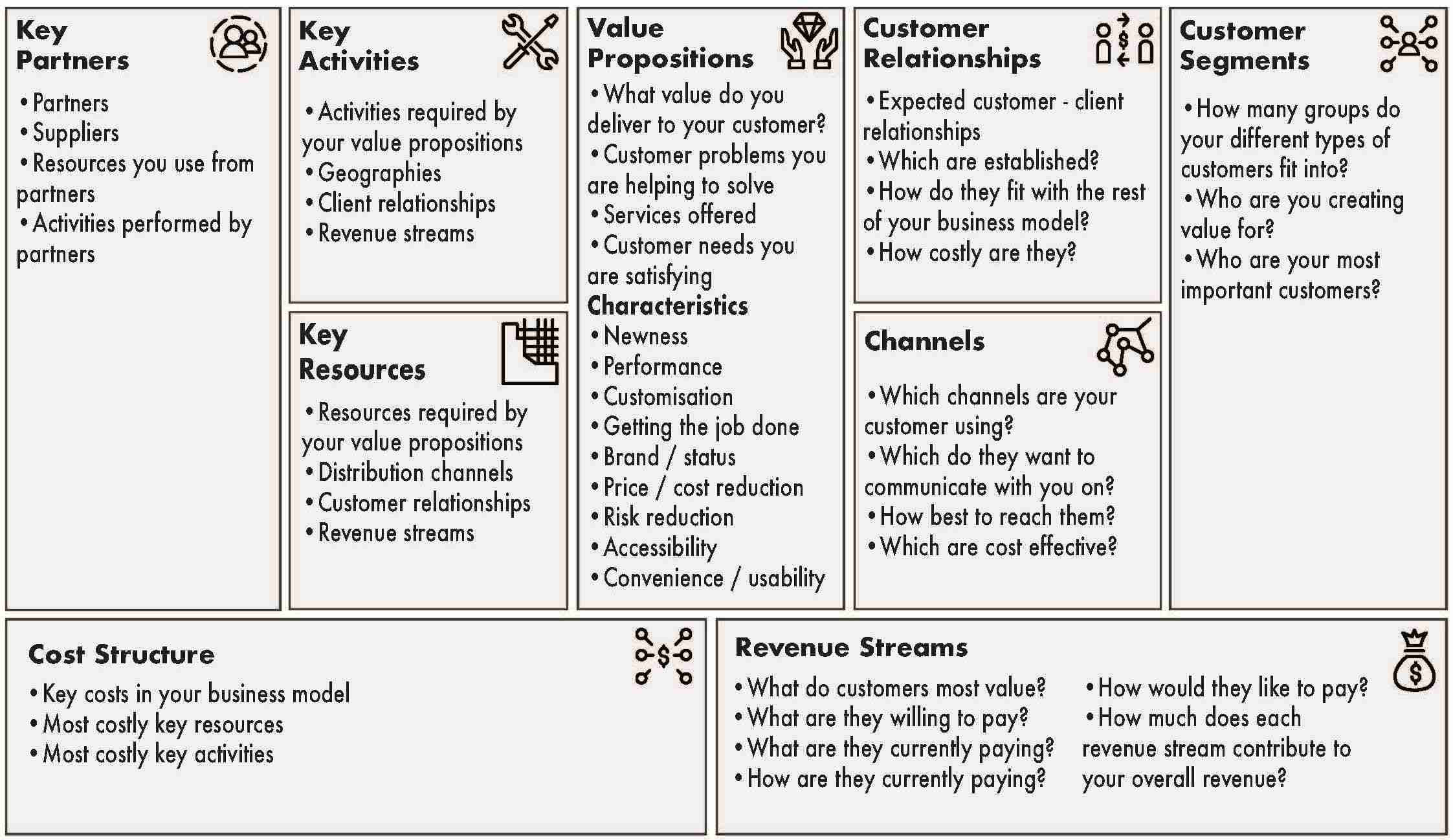
Today we’ll show you how the business model canvas works and how you can use it to come up with a high-level product strategy. As the name suggests, the typical use case for this tool is to outline the fundamental building blocks of a business, but it also can work really well for a product. End of article.Could you list all of the key building blocks you need to develop, manage, maintain, market, and sell a product on a single sheet of paper? With the business model canvas, you can! Using the business model canvas approach is a great way to force yourself to focus on the most strategically important elements of your product. We’re going to profile that tool in a later article, so sign up for our newsletter or follow us on Twitter to stay tuned. Recognising that one of the trickiest parts to get right on the canvas is the most crucial part – the value proposition at the centre – Osterwalder went on to create a second canvas tool: The Value Proposition Canvas.
BUSINESS PROJECT CANVAS SOFTWARE
There are also software tools available, such as Strategyzer, that guide you through the process. If you’d like to, you can grab the version of the Business Model Canvas template (redrawn by the IC) I've been referring to in this article. The canvas is easy to draw on a whiteboard or a big piece of paper and you can use sticky notes to add ideas or details to each block. With a little adaptation of the ideas, non-profits and social enterprises can also use the canvas. The Business Model Canvas can be used by both startups and existing businesses, including large corporations. For example, businesses can generate revenue through the sale of a physical product, selling a continuous service in the form of subscriptions, renting or leasing an asset such as a car, licensing or charging fees to advertise products. It describes how the company makes money from its target market. This is the last of the nine components of the Business Model Canvas. Underneath the three customer elements, at the bottom of the canvas, we detail… Revenue streams For example, transactional, long-term, self-service, co-creation, etc.Ĭonsidered together, these describe how the customer expects to access the value proposition.

The model comprises nine building blocks.

BUSINESS PROJECT CANVAS HOW TO
This article explains the basics of the Business Model Canvas, describes why it’s useful, how to use it, and provides a downloadable template of the canvas. The objective of the model is to assist firms to align their activities through the illustration of potential trade-offs. The model is in the form of a visual chart with various elements that describe the value proposition of an organisation, its infrastructure, market and finances.

As it says on the front cover of Business Model Generation, it was also “co-created by: an amazing crowd of 470 practitioners from 45 countries". The Business Model Canvas was elaborated in a book called Business Model Generation co-authored with his graduate supervisor Yves Pigneur, a Belgian computer scientist. The canvas was invented by Alex Osterwalder, a Swiss business theorist and entrepreneur as a part of his PhD research. The Business Model Canvas is a strategic management template that helps businesses to describe, design and analyse their business models.


 0 kommentar(er)
0 kommentar(er)
